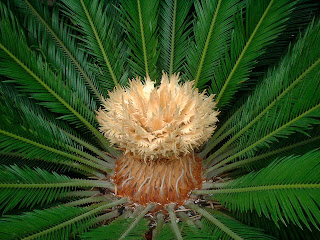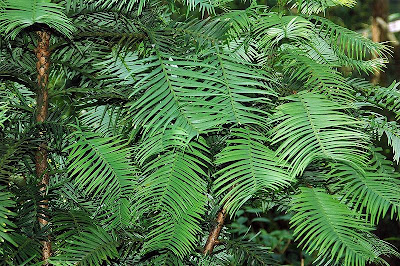Perplexing Plant Proteins

It has been stated here before that evolution defies common sense — a suspension of disbelief similar to that employed when watching things like Doctor Who. We are told by scientists (and especially by under-educated popularizers of evolution) the just-so stories that something evolved, and to simply accept the assertion as fact. When some of us dare to actually stop and think about it, we consider the mechanisms of evolution, the intricacy of organisms, how many things must be in place at the same time &c., then we realize that evolution really does not add up. morgueFile/mzacha For example, most plants need sunlight to survive, yes? But they cannot have all of it. They have a UV protection system in their cells. Every aspect of it had to be in place from the beginning. If it was not, then the plants would have died off. Take a look: A team of scientists led by researchers at the Scripps Research Institute and the University of Glasgow investigated the marvelous m...

